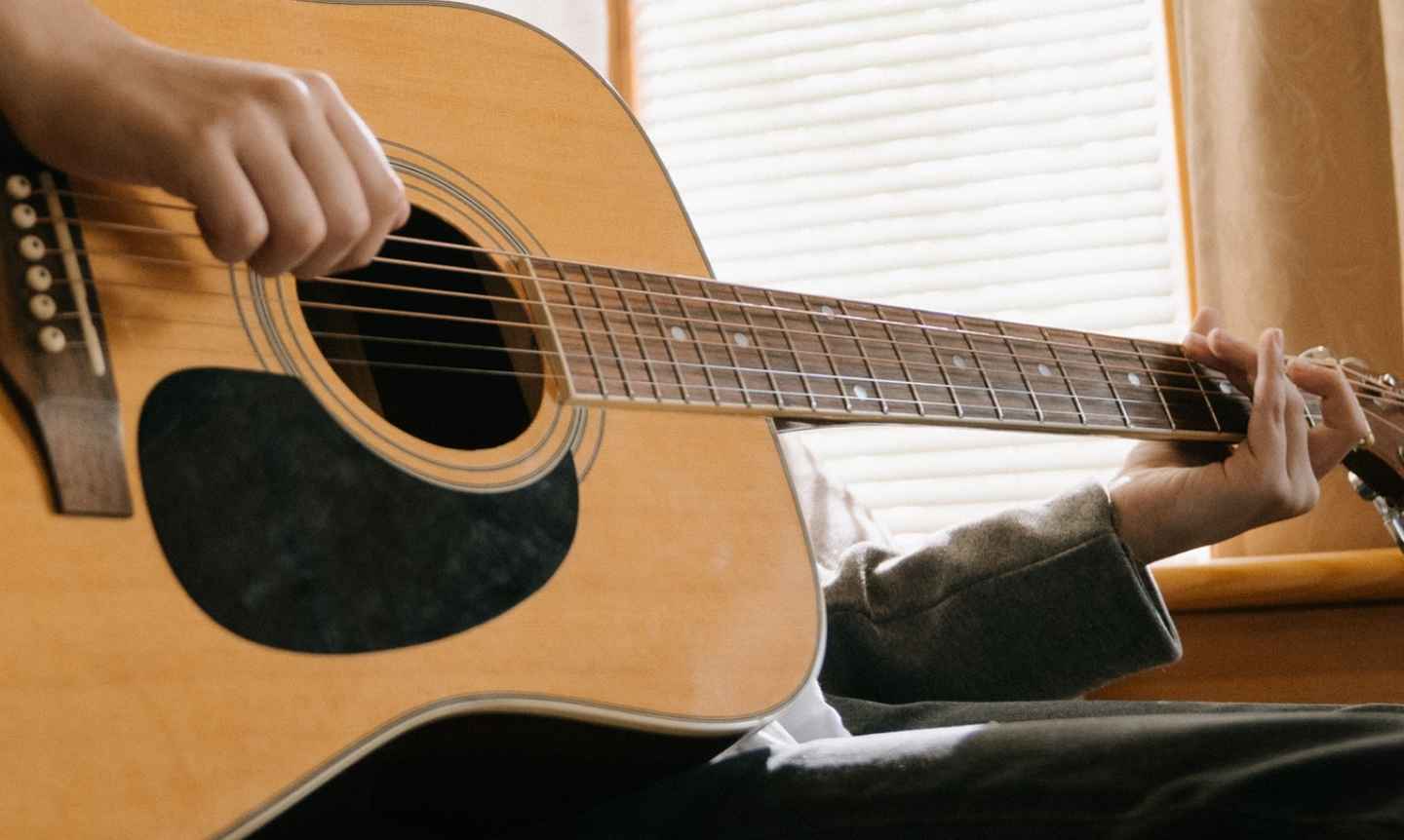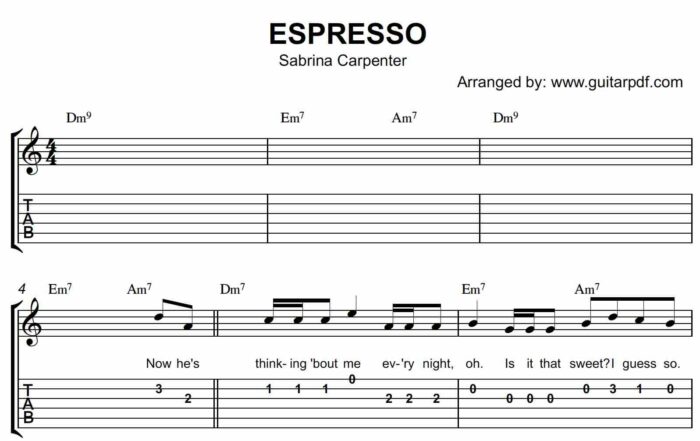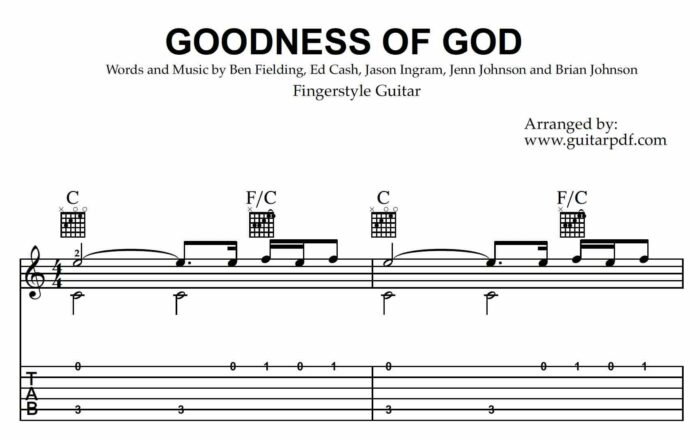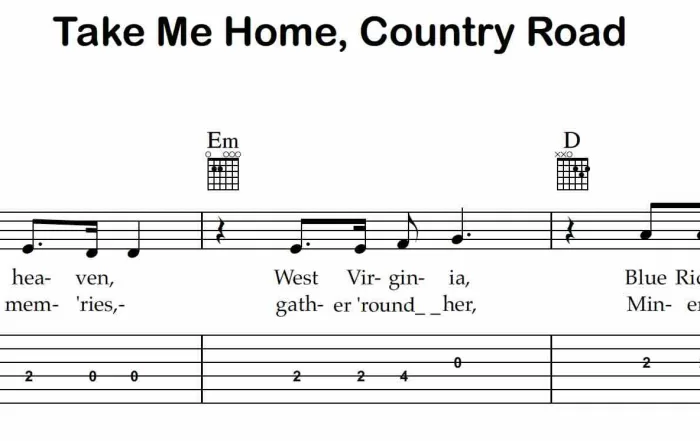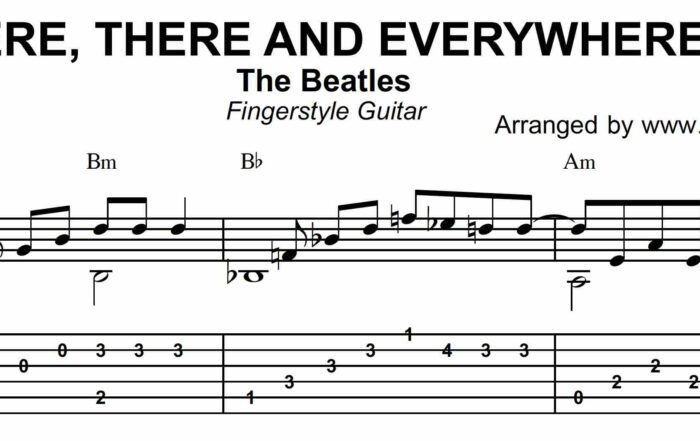10 Essential Fingerstyle Techniques for Guitarists
Imagine a guitar performance where every note resonates with clarity, each rhythm dances with precision, and every chord progression tells a story. This is the magic of fingerstyle guitar—a technique that allows you to weave intricate melodies and harmonies with just your fingers. Unlike traditional strumming or flatpicking, fingerstyle guitar opens up a world of rich textures and dynamic expressions, making it a favorite among musicians across genres.
Whether you’re captivated by the delicate plucking of classical compositions or the rhythmic grooves of folk and blues, mastering foundational fingerstyle techniques is essential for unlocking your full potential on the guitar. These techniques are not just technical skills; they’re the building blocks that will help you create compelling, nuanced performances that truly captivate your audience.
In this guide, we’ll dive into ten fundamental fingerstyle techniques that every guitarist should have in their arsenal. From the basics of plucking and thumb control to more advanced techniques like Travis picking and finger rolls, we’ll explore the essentials that will transform your guitar playing and set you on the path to fingerstyle mastery. Let’s get started and discover the art of fingerstyle guitar—one technique at a time.
1. Plucking
Plucking is the core of fingerstyle guitar, involving the use of individual fingers—usually the thumb, index, middle, and sometimes ring finger—to strike the strings. Each finger typically handles specific strings, allowing for precise and varied control.
Practice Tips: Start by assigning each finger to a specific string (e.g., thumb for the bass strings, index for the G string, middle for the B string, and ring for the high E string). Practice plucking strings individually to build strength and accuracy. Gradually incorporate finger combinations and patterns to develop coordination.
2. Finger Independence
Finger independence refers to the ability of each finger to move and function separately from the others. This skill is vital for creating complex patterns and maintaining clarity when playing multiple strings simultaneously.
Practice Tips: Begin by practicing finger exercises that involve plucking different strings with different fingers. For example, try a simple exercise where you pluck the bass note with your thumb while your index, middle, and ring fingers play higher strings in a coordinated pattern. Focus on keeping each finger controlled and precise.
3. Thumb Control
The thumb is responsible for playing bass notes and maintaining the rhythm in fingerstyle guitar. Effective thumb control is essential for providing a solid rhythmic foundation and a consistent groove.
Practice Tips: Practice alternating bass notes with your thumb while playing simple patterns with your other fingers. Focus on keeping the thumb motion smooth and even, and experiment with different rhythms and patterns to develop a steady thumb technique.
4. Arpeggios
Arpeggios involve playing the notes of a chord in succession rather than strumming them simultaneously. This technique creates a flowing, melodic quality and is a staple in fingerstyle guitar.
Practice Tips: Start with basic arpeggio patterns, such as playing the notes of a C major chord in sequence (C, E, G). Practice these patterns slowly, ensuring each note rings out clearly. Gradually incorporate more complex chords and patterns to enhance your arpeggio skills.
5. Travis Picking
Travis picking is a fingerstyle pattern where the thumb alternates between bass notes while the index and middle fingers play higher strings. This technique is commonly used in folk and country music and creates a steady, rhythmic accompaniment.
Practice Tips: Begin with a simple Travis picking pattern, such as alternating between the bass notes on the lower strings while using your index and middle fingers to play higher strings in a consistent rhythm. Practice this pattern slowly, focusing on keeping the thumb and fingers coordinated.
6. Hammer-Ons and Pull-Offs
Hammer-ons and pull-offs are left-hand techniques that allow you to play notes without re-plucking the string. A hammer-on involves using a finger to press down on a string to produce a note, while a pull-off involves pulling a finger off the string to sound a note.
Practice Tips: Practice hammer-ons by playing a note, then using a finger to “hammer” down on a higher note without plucking the string again. Similarly, practice pull-offs by plucking a note and then using a finger to pull off to a lower note. Focus on smooth, clean transitions between notes.
7. Palm Muting
Palm muting involves lightly resting the edge of your palm on the strings while playing. This technique creates a muted, percussive sound and is useful for adding texture and dynamics to your playing.
Practice Tips: Experiment with different levels of pressure from your palm to achieve varying degrees of muting. Practice playing both muted and open notes to develop control over the effect. Incorporate palm muting into your regular practice to add variety to your sound.
8. Fingerpicking Patterns
Fingerpicking patterns involve specific sequences of finger movements to create rhythmic and melodic structures. These patterns can range from simple to complex and are essential for fingerstyle guitar.
Practice Tips: Start with basic fingerpicking patterns, such as alternating between thumb and fingers in a simple sequence. Gradually explore more complex patterns and incorporate them into your practice routine. Experiment with different combinations to develop versatility in your fingerstyle playing.
9. Dynamics and Articulation
Dynamics and articulation refer to the control of volume and expression in your playing. Varying finger pressure and techniques can greatly affect the mood and character of your music.
Practice Tips: Practice playing the same piece with different dynamics, from soft and delicate to loud and powerful. Experiment with articulation techniques, such as accents and staccato, to add expression and character to your playing. Focus on achieving a range of dynamics and articulations to enhance your performance.
10. Finger Rolls
Finger rolls involve rolling your fingers across the strings to play notes in quick succession. This technique creates a smooth, flowing effect and is useful for adding complexity to your fingerstyle arrangements.
Practice Tips: Begin by practicing finger rolls slowly, using a consistent motion to roll your fingers across the strings. Gradually increase the speed while maintaining clarity and precision. Incorporate finger rolls into your practice to develop a smooth, fluid style.
Conclusion
Mastering these ten foundational fingerstyle techniques will provide a solid base for your guitar playing and open up a world of musical possibilities. By incorporating these techniques into your practice routine, you’ll develop greater control, versatility, and expressiveness in your fingerstyle performances. Keep practicing, stay patient, and enjoy the journey of exploring the rich world of fingerstyle guitar!

